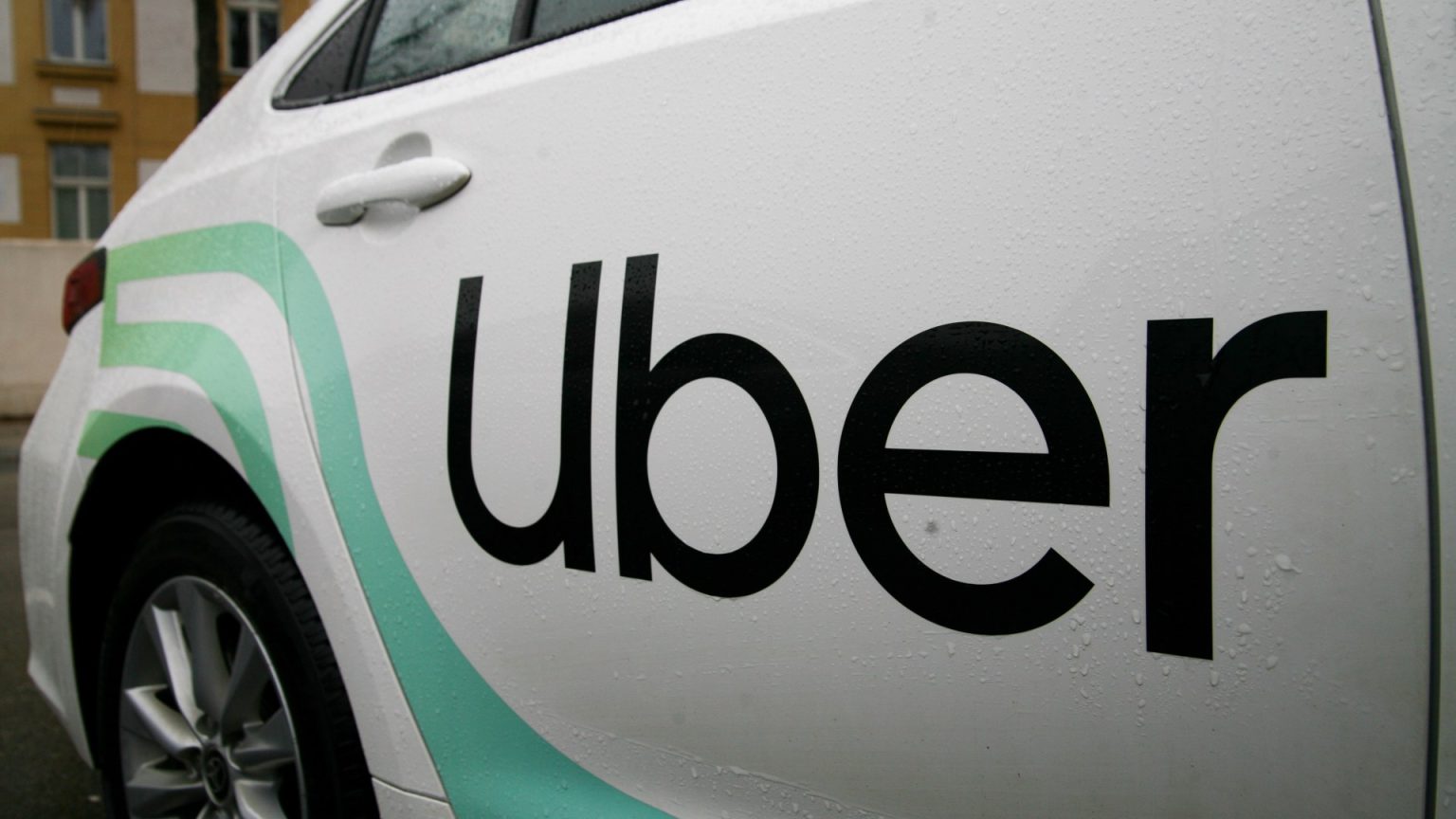Summary: Driverless Cars in Research and Testing
The concept of integrating driverless technology into public transport, as suggested by Uber, has sparked a range of conversations and innovations. Uber Partner Ed, a new company strategically positioned to test experimentally driverless cars in assuring human oversight, has demonstrated a potential future where passengers could travel without the need for drivers in prominent cities, inspired by initiatives like Waymo in the U.S. and autonomous vehicles in Pittsburgh.
Sampling UK research, in addition to the U.S., has revealed the paradigm shift being spurred by the rollout of driverless technology for the first time, expanding its reach beyond major cities. Uber’s partnership with Wayve, a global tech company developing autonomous vehicle systems, is paving the way for a new level of safety in its riderless vehicles. According to a statement, Uber plans to introduce fleets of driverless cars to its UK app, marking the first of its kind.
The regulatory landscape in the United Kingdom is evolving, with the promise of driverless cars arriving earlier than previously anticipated. The government is introducing a rapid acceleration framework to enable small-scale autonomous businesses, meeting the highStandard of safety and reliability expected of human-driven drivers. Driverless technology is expected to reduce road deaths and injuries by making systems more fault-proof than human-driven vehicles, with claims of creating 38,000 jobs in the UK and generating £42 billion in economic growth over the next decade.
However, the integration of driverless vehicles into public transportation is not without challenges. Recent success in Paris by一顿 RIGHTS(RefONSE Think / Résidence – Renouvelée S %D6/XX)eg highlights the potential for 可预见性的地方, yet the transport industry faces the need to establish trust between traditional taxis and resenate vehicles. Uber, as a pioneer, is pressuring passengers to consider the future of transit by introducing flexible travel options, including trips driven byimaginary drivers through theUber app, at a competitive fee.
The consequences of this technological advance are profound, presenting both opportunities and challenges. For humans, it may lead to a lateration of transportation modes, but for the future of public transport, it could redefine the industry by enabling faster and more efficient travel within urban areas. As Uber aims to take over the sky in its Amalfi Coast hyper_fractional, the potential for adaptive economic growth and-efficient urban mobility continues to be compelling.











